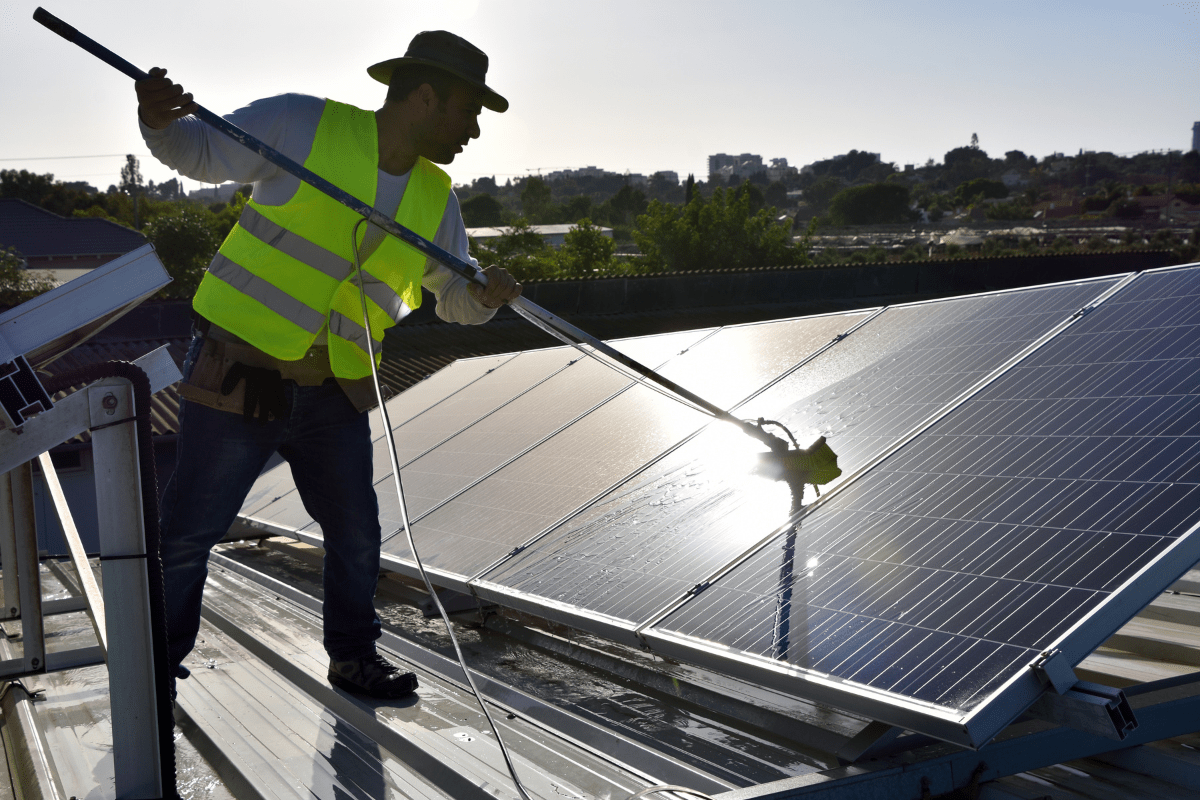Nonprofits are by nature community-minded organizations. So, what if your nonprofit going solar meant more than powering just your own building? What if it also meant serving your community? For example, during a blackout or a storm, your solar installation could help power a local hospital or emergency center.
That’s when microgrids could come to the rescue. Locally generated, controlled, and distributed electric power, a microgrid can be plugged into the main grid during normal conditions. But if an emergency calls for it, a microgrid can “island” itself and continue to serve the local emergency needs even if there a region-wide blackout.
A few notable microgrids in California are at UC San Diego that generates 92% of the campus’s power, and Camp Pendleton Marine base in San Diego County.
Larger nonprofits and institutions (like private schools or even hospitals) can serve as the nexus of a microgrid in their own neighborhoods. Nonprofits with smaller rooftops can be part of a chain of buildings generating power. An example of a microgrid community that incorporates homes, businesses, and public buildings can be found in this Brooklyn neighborhood, whose efforts grew partly out of the effects of Hurricane Sandy.
Microgrids are new and few at the moment, but the idea is gaining funding in state legislatures from NY to CA as more rooftops add solar, and energy generation becomes decentralized and distributed across neighborhoods.
A few pioneering nonprofit, community leaders like you could bring solar to your roof and a microgrid to your community.






